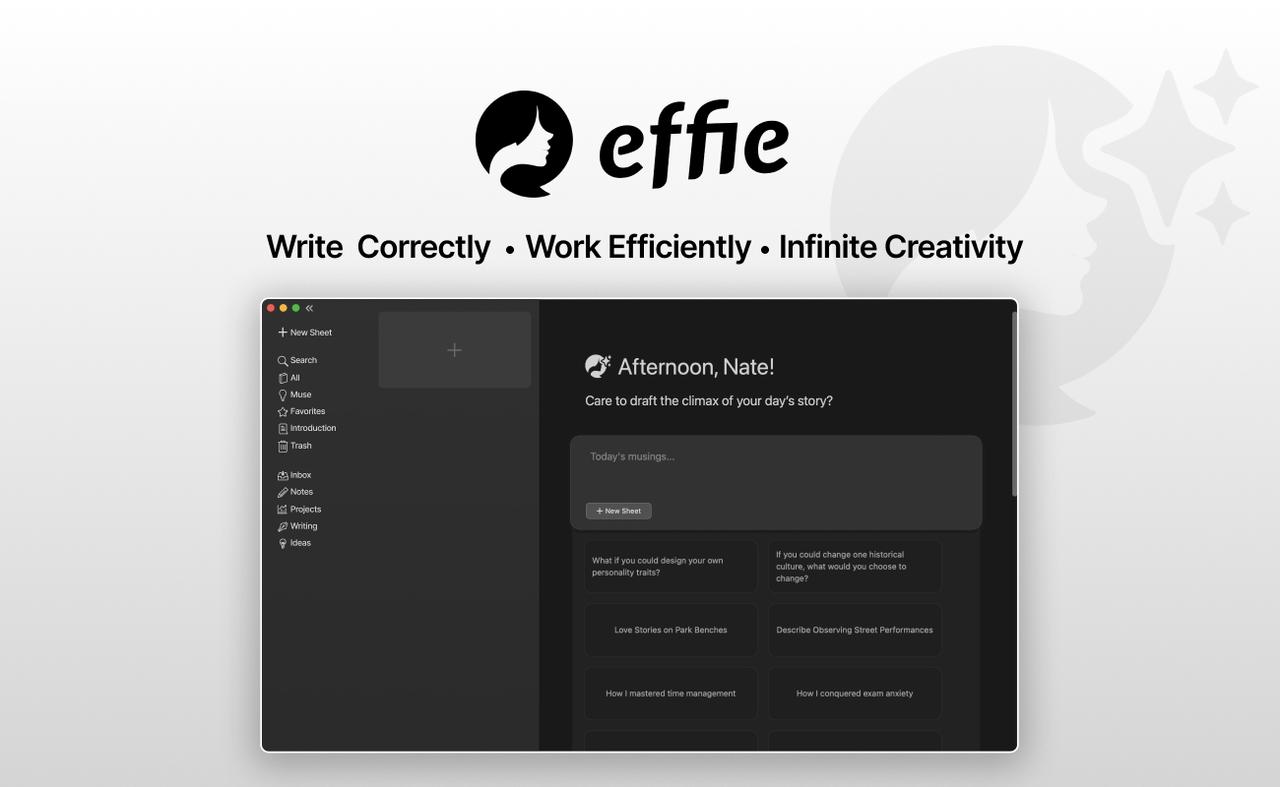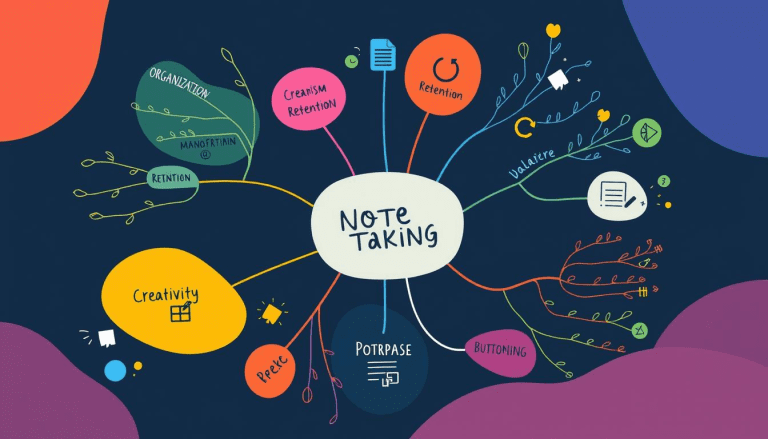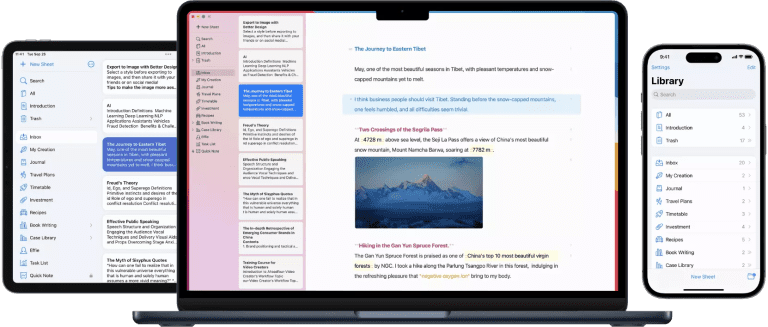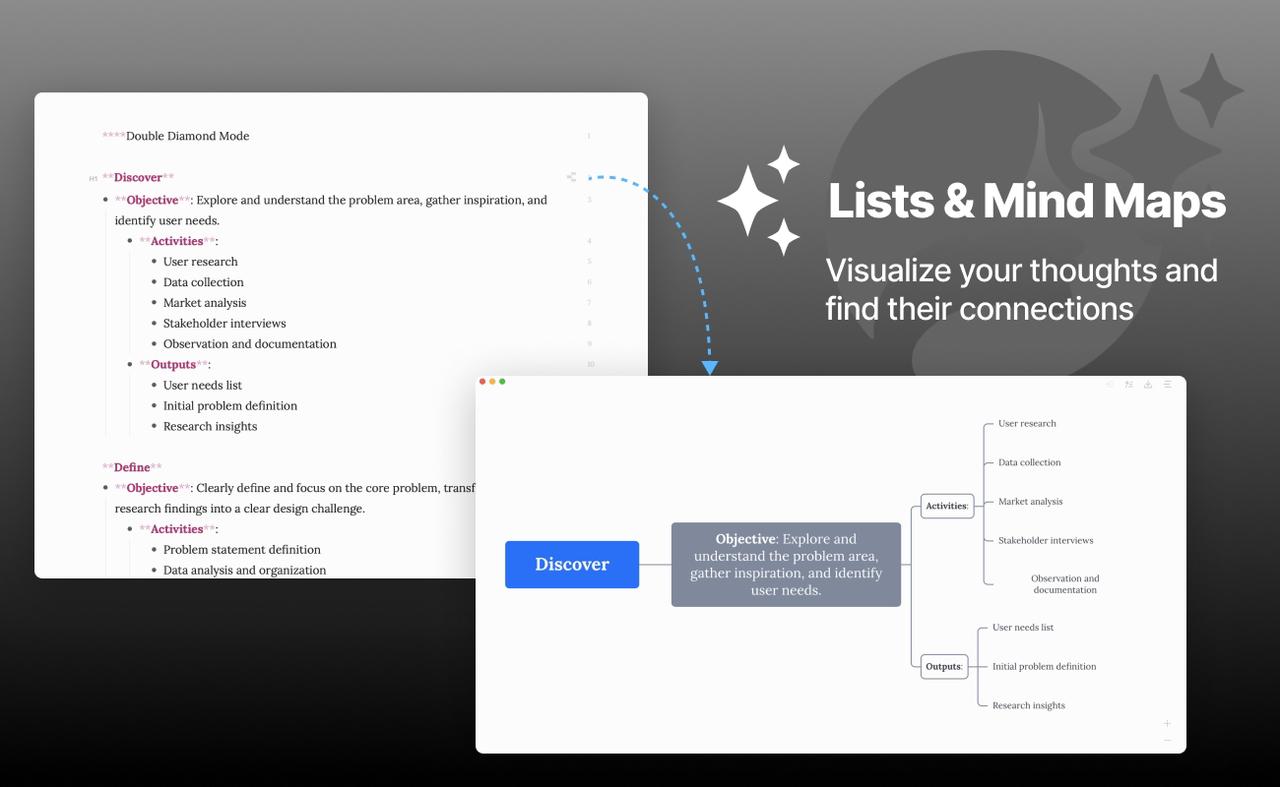Four Steps for Beginners to Write a Novel
The beginning is always the hardest. A good start serves to hook your readers to explore deeper, or else they’ll put your book aside in an instant. Therefore, as a writer, preparation is essential before starting.
Once you begin, you can structure your novel any way you like, with your own writing style and perspective, so that you can also uniquely portray your version of Hamlet.

Writing a novel isn’t as hard as it once was as long as you have a strong desire to start. For those unfamiliar with how to start a novel, here are my usual steps: making lists, gathering materials, writing, and making notes.
1. How to make a list?
Many times, it’s not that we lack creative ideas, but that we don’t know how to keep them in mind long enough for when we need them.
In order to achieve the final structure of the novel, it’s essential that we make a list of our thoughts before inspiration dwindles. It’s like you’re burying a seed, and the lists are the branches that stretch out from it. The more, the merrier.

However, how well the tree grows depends largely on how steady the root and how strong the tree trunk is.
So what can we do to grow a seed as steady and strong as expected?
We need to consider the theme, characters, setting, point of view, plot, and style – the six elements of fiction, to provide a solid foundation for the structure as well as for the whole story.

Theme
The theme is the main reason that you create such a story in a certain way, although many times it’s not presented rather straightforwardly.
Before I write, I’d think about what message I want to convey and how I’d reach out to my readers. It can be intertwined with the plot, characters, and point of view so that reader will have hints of the theme of the story while reading.
Characters
Characters are the bridge to connect plots. We create a character with various personalities to promote how and where things go.

As the writer who gives life to these characters, we let our voices or the voices of the whole generation heard through the characters’ mouths, motivation, and actions.
Setting
The setting mainly consists of the location, time, and social environment that we’re going to create. It serves to not only present background information but also shapes the characters and plots.

Well-written settings can enhance our readers’ experience to involve them deeply in the story. They can use their imagination to depict the scenes and the reasons behind a character’s motivation and behaviors.
Point of view
The point of view is basically how you decide to tell a story. Writing in the third person can be quite different from writing in the first person. The former requires us to be keen observers to reveal every detail of each character, while the latter focuses more on what the first-person narrator observes, feels and acts.
Plot
The plot is the sequence of events that take place. Suspense, flashback, conflicts, or climax all serve to enhance the plot.
To some extent, how we present them in an unconventional way determines whether our readers continue to read the novel or put it aside.
Style
We all write in our unique style. Just by a quick scanning, you’ll know instantly if it’s written by Hemingway or someone else.
Some prefer to be concise and straightforward, while some prefer using long sentences. Some might enjoy a combination of the two. It’s like creating music pieces with the rhythm you’re fond of or good at. You’re creating the rhythm of your story.

2. How do I gather materials?
Having made the list doesn’t mean I’ll have no trouble finishing the whole book all at once. There is never a guarantee of how long I can hold out before hitting the next writing block. But once I do, I’ll read more, gather more, and think more.
From the cultural background to the props, all should be prepared in advance. When it comes to professional areas where I’m unfamiliar with, I need to search for more relevant information to ensure the accuracy of expression, at least.
For instance, if you plan to set the time of your story to the 1800s. Not only should you know how they dressed up, but also what society was like at that particular time.
If you were to write the modern world, special attention should be placed upon the characteristics of each occupation.
And if you were to write science fiction, basically half of the materials will be invented by yourself.

Materials ensure we have more things to write. Materials provide nourishment to our story. The more materials we’ve gathered, the world we create will be more realistic, vivid, and believable to our readers.
3. How do I write?
With a list and necessary materials at hand, we can start writing the novel right away.
But there is one more thing we need to consider before and while writing. That is, how to give life to stories?
The solution is, insert dialogues. Let characters speak for themselves.

For me, dialogue comes naturally when I use my imagination. I’d usually come up with a location, and how it looks like. Then I’ll place my characters in that location and imagine what kind of conversation will take place based on the current context.
When you fail to imagine, however, don’t get frustrated. We don’t always need to build everything from the scratch for our readers. After all, they also have their imaginations. So it’s also quite important to leave some space for them to explore.
4. How do I make notes?
I enjoy recording my writing experience in the process of writing a novel, which usually involves the ups and downs I’ve experienced during writing, as well as the outlines of each chapter.
Also, I keep a record of the valuable opinions from my readers, as nowadays it’s convenient to share works with the public to get more views and comments. Their opinions remind me of what’s good and what’s been missing in my story.
Therefore, writing is to see clearly my strength and weaknesses. Although it’s impossible to cater to all the tastes, my writing skills are always pending further improvement.
These are the four steps I usually follow while creating a story. You can try it out or explore different approaches to see what you can come up with.
Why do I choose Effie?
What I value most in the writing software is whether they can offer an immersed writing experience so that I can write without the fear of getting distracted. Inspiration disappears within seconds, when you answer a phone call, give a yawn, switch between sheets…
Effie puts an end to it. She leaves a blank canvas for me to create.

The Introduction on the left sidebar provides you with basic guidelines on how to use Effie as a beginner, especially when you’re fresh at using such type of writing software.

To help you quickly get in the writing zone, Effie also offers Markup Insight by simply typing “/”, which saves you the trouble of learning and remembering them all at once, and you can write without lifting your fingers from your keyboard.

When I write, I also enjoy using mind maps to generate more original and creative ideas.
Feel free to edit on the mind maps as well. Any revision will be automatically synced when you return to the list mode.

If you’re about to write a novel, Effie is a great choice. Eventually, she’ll become your strongest weapon for thinking.
Want to start now? Click here to download, it’s just a matter of time.






